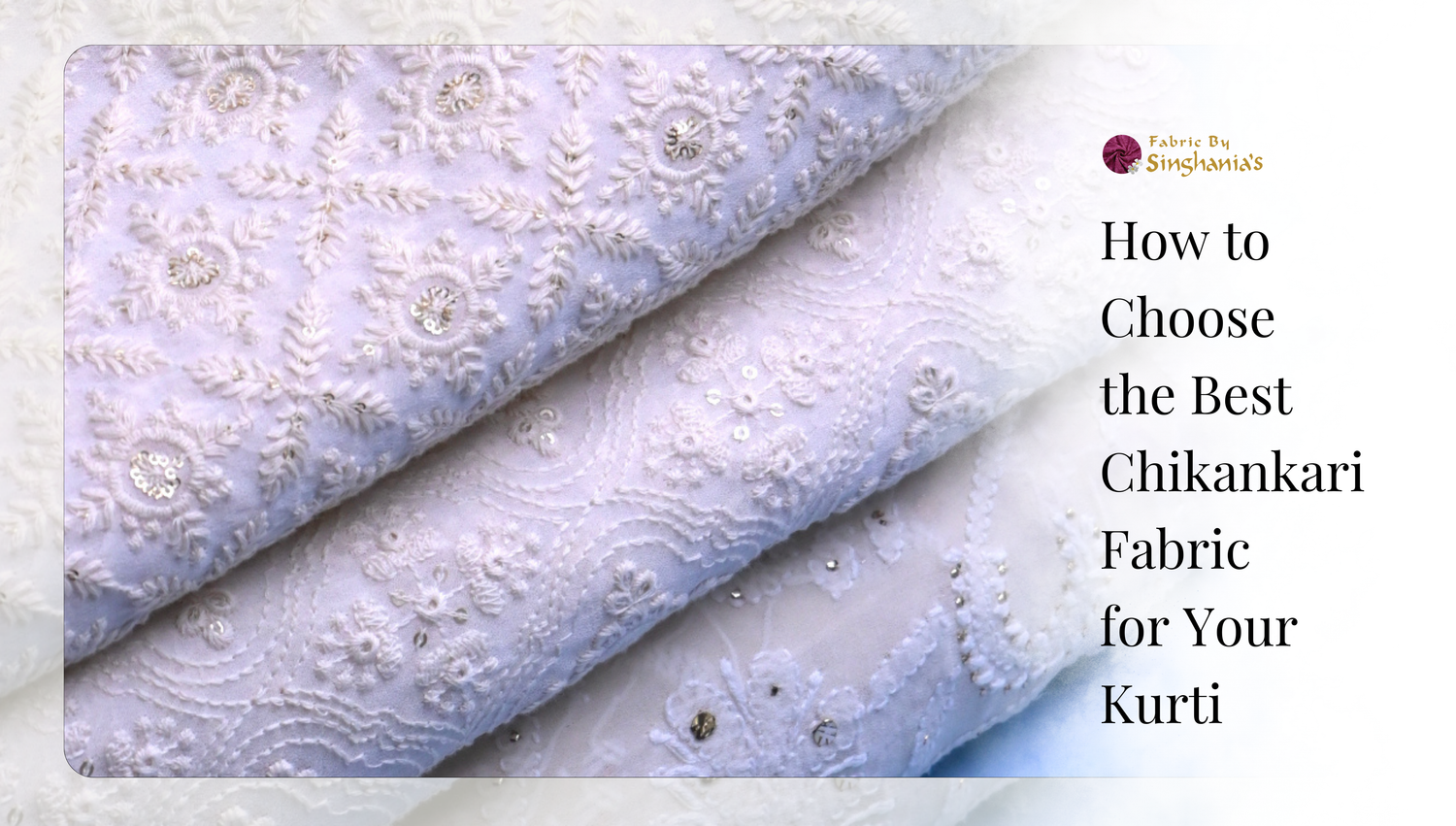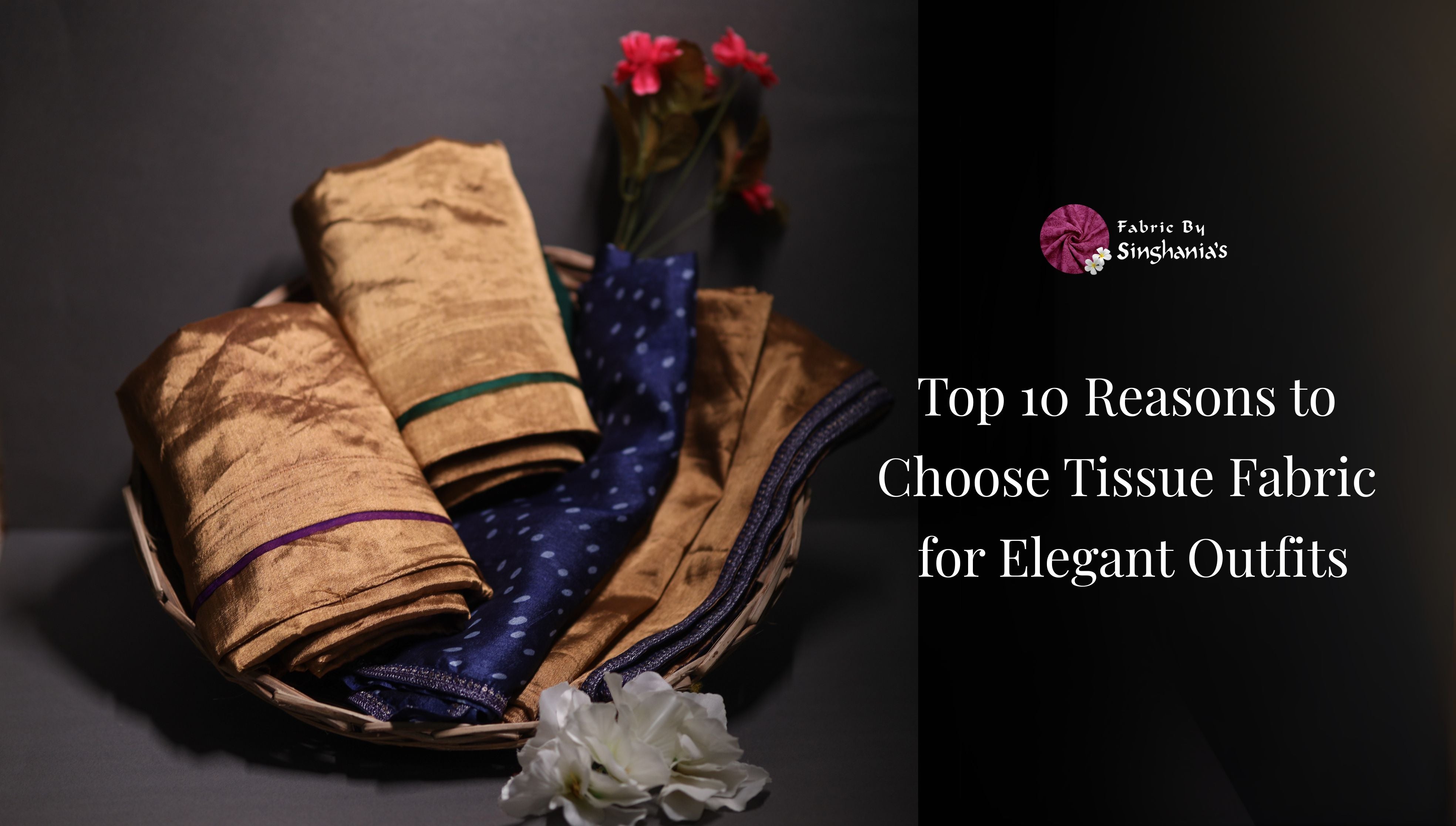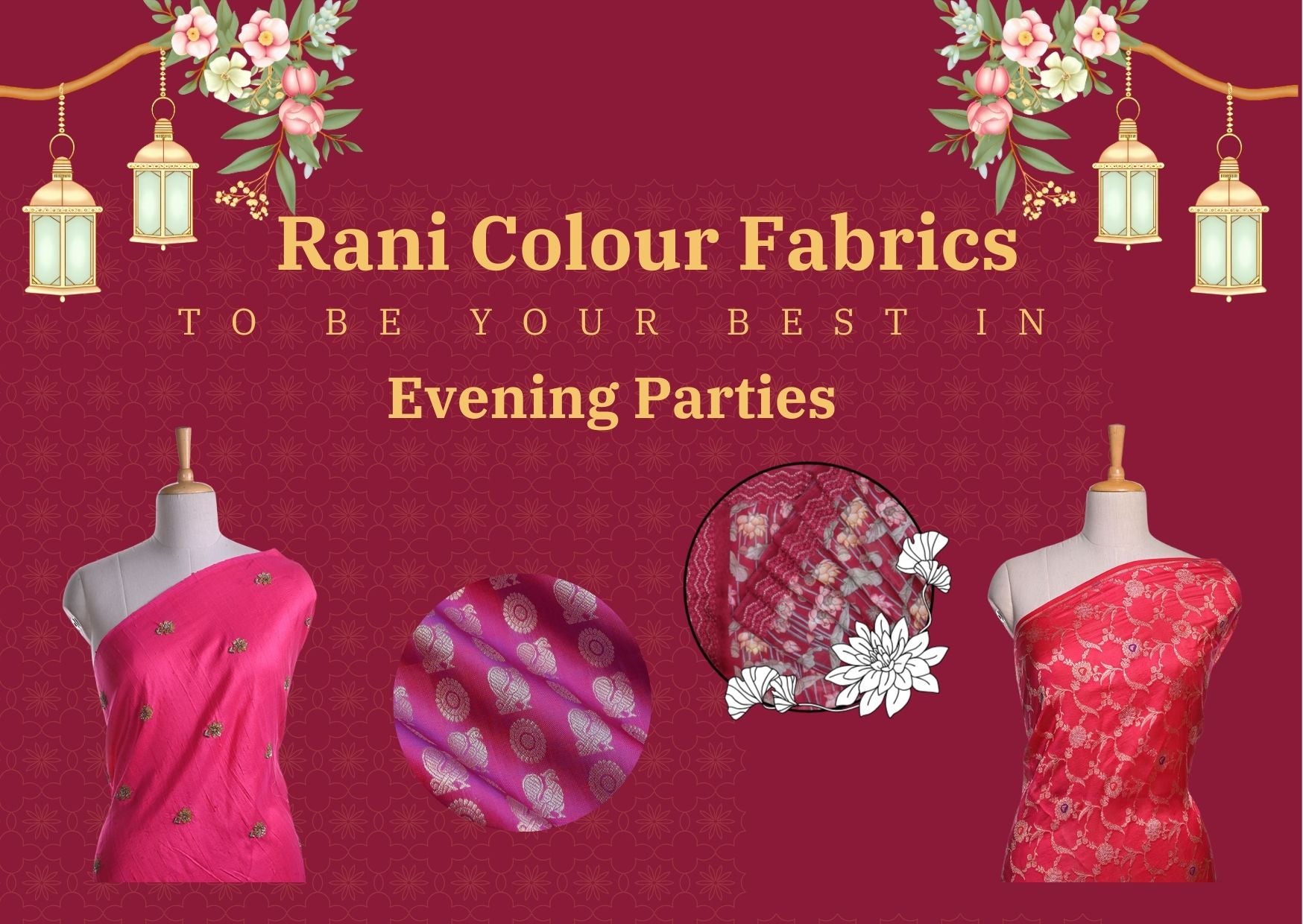In India, dressing well isn’t just about fashion—it’s about feeling good and expressing yourself in the most graceful way. That’s why chikankari fabric is so loved—it combines elegance, tradition, and ease. To truly live your best life, radiating happiness and style, selecting the right Chikankari fabric for your kurti is paramount. This comprehensive guide will delve into the nuances of choosing the perfect Chikankari fabric, exploring the key factors, the best options for kurtis, care tips, and where to find exquisite materials, all while weaving in the rich historical and cultural significance of this beloved embroidery.
What is Chikankari and Why It's Popular?
Chikankari, an ethereal form of embroidery born in the royal city of Lucknow, India, that translates to ‘needlework,’ was created during the grand Mughal times. This craft is truly a marvel that has stood the test of time. The story goes that Empress Nur Jahan, the powerful wife of Emperor Jahangir, fell in love with this art and brought it to India. The word "chikan" comes from Persian, meaning cloth with flowery patterns.
What makes chikankari fabric so special? The embroidery usually features floral patterns, tiny dots like raindrops, nets like spider webs or some raised patterns you can feel with your fingertips, vines or paisleys stitched with white thread on soft fabrics. The lightweight and breathable feel of chikankari kurtis makes them ideal for India’s warm climate, while their timeless designs bring grace to everyday wear and festive occasions alike. Skilled craftspeople use more than 36 different types of stitches. Some stitches create.
In today's world where machines make most things, chikankari fabric stands out because it's still made by hand. Each piece takes weeks to finish! How amazing is that?
Key Factors to Consider When Choosing Chikankari Fabric
Finding the perfect chikankari fabric for your kurti is like searching for treasure! Here's how to spot the real gems:
Feel the Base Fabric: The fabric underneath the embroidery needs to be good quality - Run your fingers over it - it should feel smooth and even. If it feels rough or thin, keep looking!
Look at the Embroidery Up Close: Good chikankari fabric has neat, even stitches that look similar on both sides of the fabric. Bend down and look at it from different angles.
Count the Different Stitches: The best chikankari fabric uses many different kinds of stitches. Some make tiny dots, some create holes like lace, and others make raised patterns. More variety means more beauty and skill went into making it.
See How It Moves: Wave the fabric gently - does it flow gracefully? The way chikankari fabric moves will affect how your kurti looks when you walk or sit. Some fabric is light and floaty, while others have more weight and structure.
Check if Colors Stay True: Quality chikankari fabric keeps its colors after washing. Ask the seller if the colors will stay bright - especially important if you're buying colored chikankari instead of the traditional white.
Spot Real Handmade Work: True chikankari is made by hand and has tiny natural differences that show human touch. If every stitch looks exactly the same, it might be machine-made! Look for the special GI tag that proves it's authentic Lucknowi chikankari.
Think About the Weather: Choose lighter chikankari fabrics for hot summers and slightly heavier ones for cooler days.
Best Chikankari Fabric for Kurtis
The real magic of chikankari is how beautifully it works on different types of fabric! Each fabric creates a completely different look and feel. Let's explore this wonderful world:
Cotton Chikankari Fabric: This is the original star! Centuries ago, when chikankari first began, artisans worked on cotton. It's perfect for hot days because it lets your skin breathe while making you look elegant. Cotton chikankari fabric feels soft against your skin and gets even softer with each wash - like an old friend that gets better with time!
Wear a cotton chikankari kurti to work, for shopping trips, or casual meet-ups with friends. It looks amazing with jeans, palazzo pants, or simple leggings. For a fun twist, try cotton chikankari fabric where colorful threads replace the traditional white embroidery!
Georgette Chikankari Fabric: When you want to shine a little brighter, georgette chikankari fabric is your best friend! This light, slightly crinkled fabric flows beautifully when you walk - almost like walking on clouds! The tiny wrinkles in georgette make the chikankari work look even more interesting.
Georgette chikankari kurtis are perfect for parties, dinner outings, or special gatherings. They catch light in the most beautiful way, especially under soft lighting. Imagine a pale pink georgette kurti with white chikankari work - you'll look like you stepped out of a fairy tale!
Linen Chikankari Fabric: For the modern you who loves natural things, linen chikankari fabric is a wonderful choice! Linen naturally has tiny bumps and textures that make the smooth chikankari work stand out even more. It's also super cooling - perfect for the hottest summer days!
Linen chikankari kurtis are great for brunches, vacation trips, or art exhibitions. The natural wrinkles of linen add character - it's supposed to look a bit crumpled, that's its charm! Choose earth colors like olive green, sand, or sky blue for a fresh, contemporary look.
How to Care for Your Chikankari Kurti Fabric
Your beautiful chikankari kurti is like a special friend – it needs love and care to stay with you for a long time! Here's how to take care of this wonderful fabric:
Wash with Love: Always wash your chikankari fabric by hand using cold water and mild soap. Don't use strong detergents or bleach – they're too harsh for the delicate embroidery. Never twist or wring the fabric hard; just press gently to remove water.
Dry it Right: Lay your chikankari kurti flat on a clean white towel to dry. Don't hang it directly in bright sunlight – too much sun can fade the colours! Also, when wet, the fabric becomes heavy and hanging can stretch the embroidery out of shape.
Iron Carefully: Iron your chikankari fabric when it's still slightly damp - Use medium heat and place a thin cotton cloth between the iron and the embroidery. Even better, iron from the backside to protect all those beautiful raised patterns.
Store with Care: Fold your chikankari kurtis with tissue paper between the folds. Don't use plastic bags for storage – they trap moisture, which can lead to mold, especially during rainy seasons. Instead, use cotton bags that let the fabric breathe.
Seasonal Check-ups: Before putting away your chikankari kurtis for a long time, make sure they're completely clean and dry. Add neem leaves or lavender pouches to keep bugs away while making everything smell nice!
Tackle Stains Quickly: If you spill something on your chikankari kurti, dab at the stain gently – don't rub hard as this can damage the embroidery. For tough stains, take it to a cleaner who knows how to handle delicate fabrics.
Fix Little Problems Early: Occasionally check your chikankari kurti for any loose threads or tiny tears. Fixing these small issues right away prevents bigger problems later!
With these simple care tips, your chikankari fabric will stay beautiful for years, bringing joy every time you wear it!
Where to Buy the Best Chikankari Fabrics for Your Kurti
Finding treasure requires knowing where to look! With chikankari becoming a nationwide favourite, you’ll find it in many stores. But if you’re looking for authentic, high-quality chikankari fabric, curated with love and crafted to perfection, there’s one name that stands out — Fabric by Singhania’s. Exploring the collection here will undoubtedly be a delightful experience for any fabric enthusiast looking to create their perfect Chikankari fabric kurti.
Final Words

A well-chosen Chikankari fabric kurti is really important, for it is an investment in both style and comfort. This Chikankari fabric becomes an extension of your own unique radiance. And when you're ready to bring home something truly special, explore the stunning collections at Fabric by Singhania’s—your go-to destination for timeless chikankari fabrics and more.





